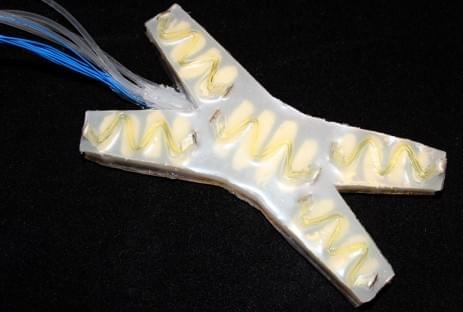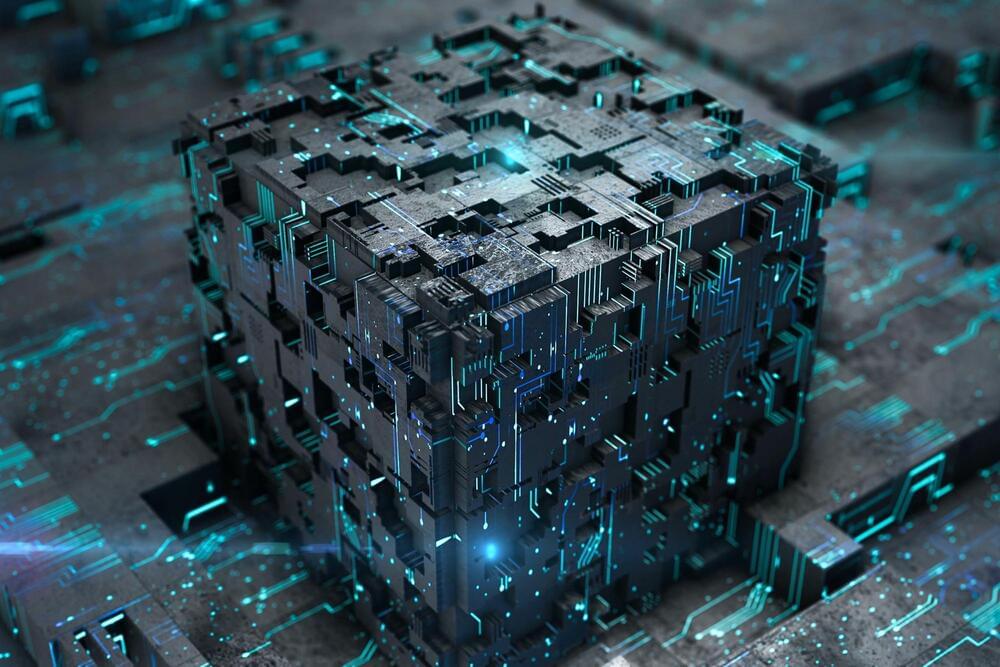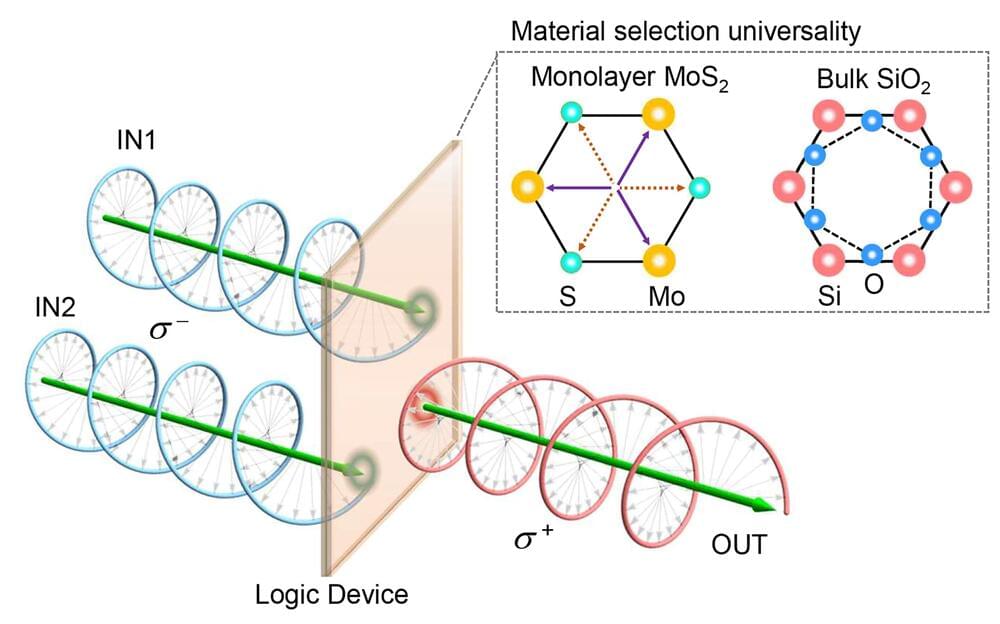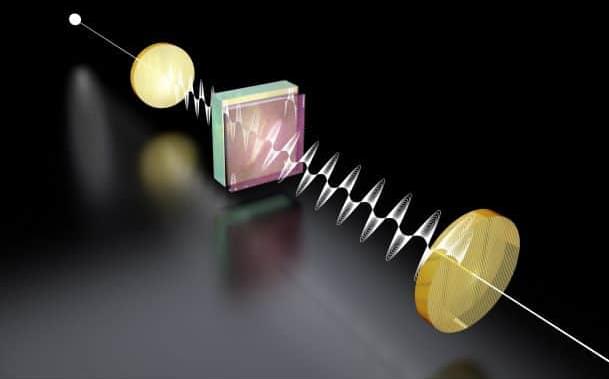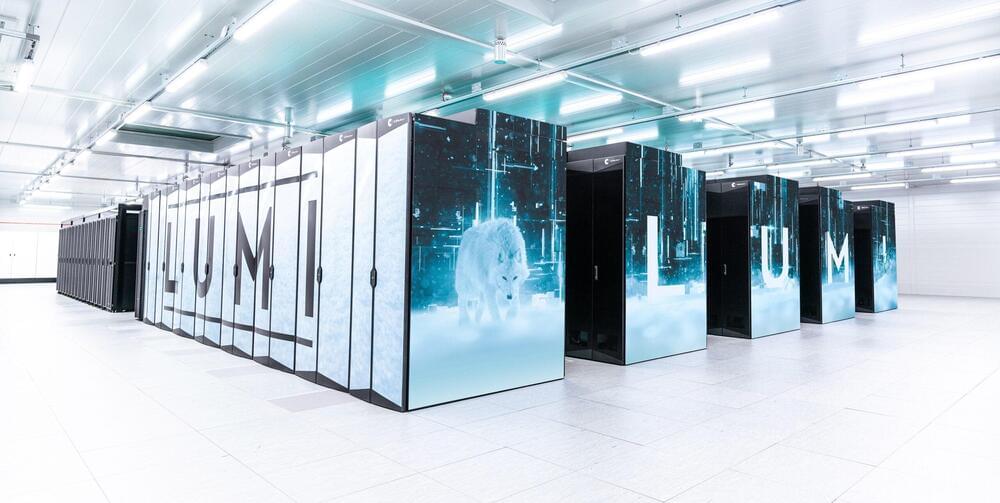Black holes are known as the most terrifying, mysterious, and fascinating objects in the Universe. Eternally hungry, they eat everything in their path and are constantly expanding. But how small and how big can a black hole be? Unlike stars and planets, black holes have no size restrictions. They grow when they eat the matter around them. Does it mean that they can be not only super large but super small? Let’s find out!
#brightside.
Credit:
Black Hole: By NASA/Goddard Space Flight Center, https://svs.gsfc.nasa.gov/11108
X-ray: By NASA/Goddard Space Flight Center/CI Lab, https://svs.gsfc.nasa.gov/10807
Black Holes: By NASA’s Goddard Space Flight Center, https://svs.gsfc.nasa.gov/13831
Burst: By NASA/Goddard Space Flight Center/Chris Smith (KBRwyle), https://svs.gsfc.nasa.gov/13886
echoes: By NASA/Goddard Space Flight Center, https://svs.gsfc.nasa.gov/12265
star: By NASA’s Goddard Space Flight Center/Chris Smith (USRA/GESTAR), https://svs.gsfc.nasa.gov/13805
stellar: By NASA’s Goddard Space Flight Center/Chris Smith (USRA/GESTAR), https://svs.gsfc.nasa.gov/13805
Suzaku: By NASA’s Goddard Space Flight Center, https://svs.gsfc.nasa.gov/11821
Star Formation: By NASA, https://commons.wikimedia.org/w/index.php?curid=19412899
Flare: By NASA/JPL/Caltech/Abhimanyu Susobhanan.
Disk Flare: By NASA/JPL-Caltech, https://photojournal.jpl.nasa.gov/catalog/PIA23687
Quasar: By NASA/CXC/M. Weiss.
CC BY-SA 4.0 https://creativecommons.org/licenses/by-sa/4.0:
Supermassive: By Quantum squid88, https://commons.wikimedia.org/w/index.php?curid=87860610
Ton618: By Pablo Carlos Budassi, https://commons.wikimedia.org/w/index.php?curid=94445949
CC BY 4.0 https://creativecommons.org/licenses/by/4.0:
Sgr A: By EHT Collaboration, https://commons.wikimedia.org/w/index.php?curid=117933557
Messier 87: By Event Horizon Telescope, https://commons.wikimedia.org/w/index.php?curid=77916527
M87: By Event Horizon Telescope, https://commons.wikimedia.org/w/index.php?curid=102736603
ULAS J1120+0641: By ESO/M. Kornmesser, https://commons.wikimedia.org/w/index.php?curid=15700804
Jets: By ESO/WFI — https://flic.kr/p/9KgqiH, https://commons.wikimedia.org/w/index.php?curid=34550695
3C 273 Jet: By Pelligton, https://commons.wikimedia.org/w/index.php?curid=123362359
Animation is created by Bright Side.
Music by Epidemic Sound https://www.epidemicsound.com.
Check our Bright Side podcast on Spotify and leave a positive review! https://open.spotify.com/show/0hUkPxD34jRLrMrJux4VxV
